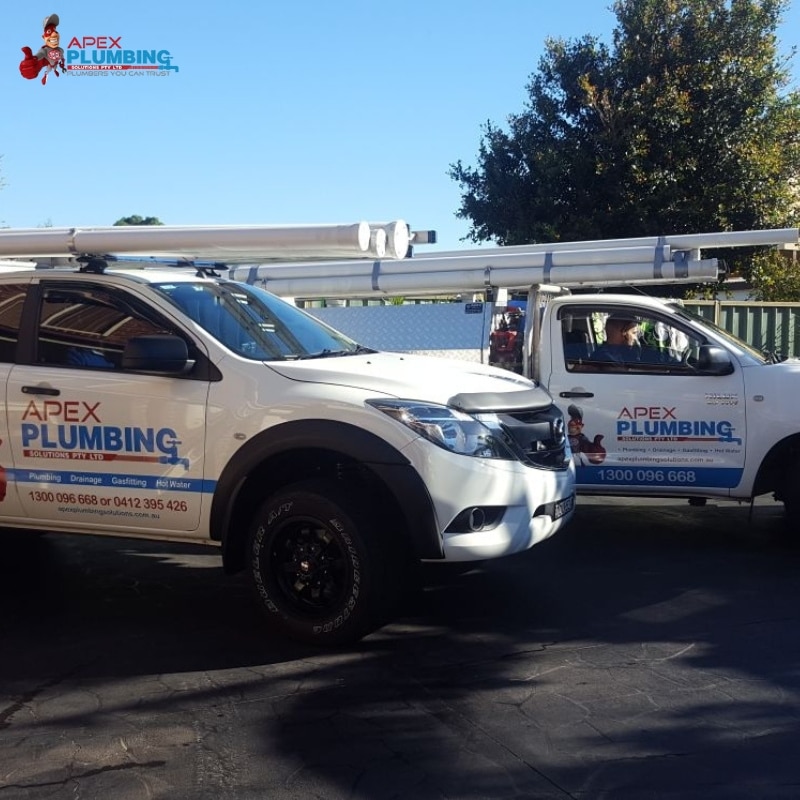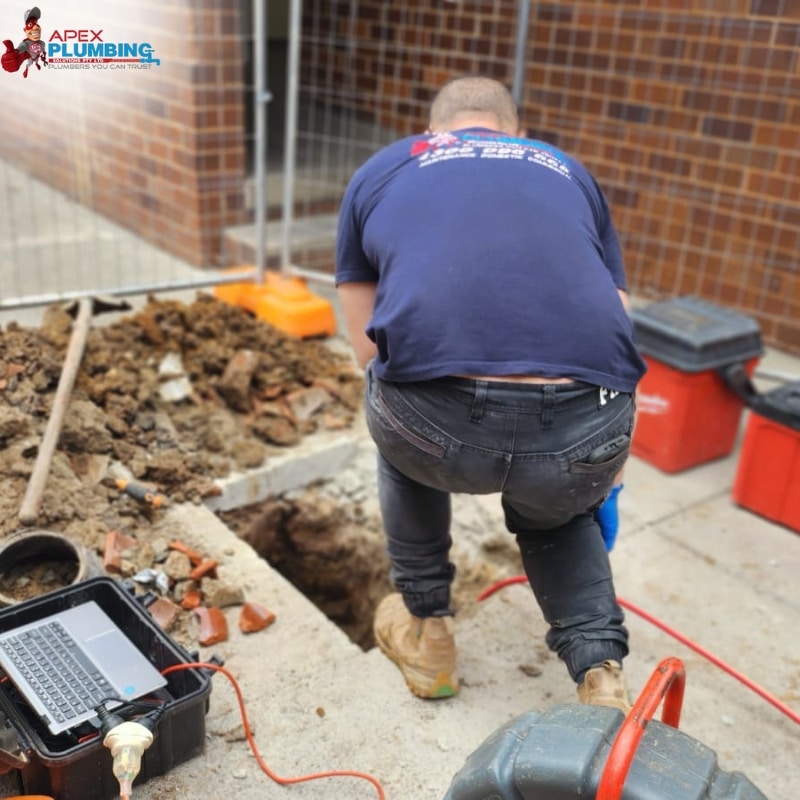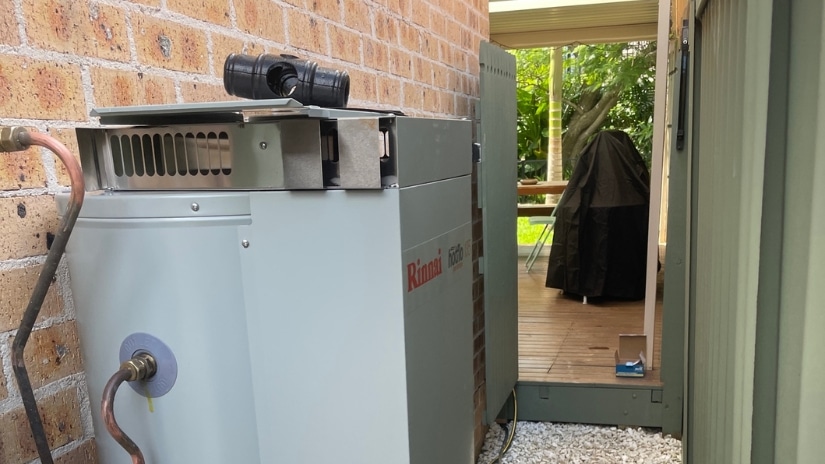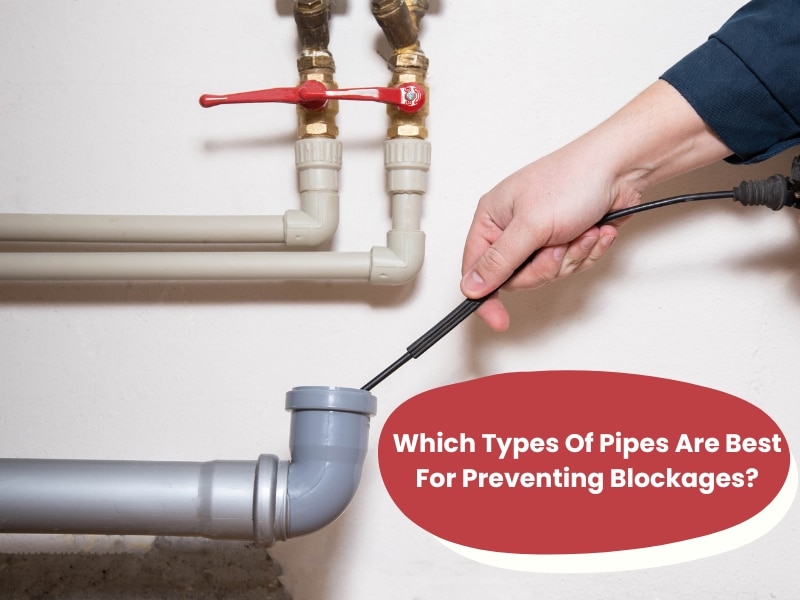Don’t Let a Leaky Tap Turn into a Costly Disaster
Is your leaky tap giving you headaches? Don’t wait for it to become a huge problem. A simple leak can be the beginning of a huge water wastage and possibly a burst pipe which will result in water damage to your property. Our professional local plumbers in Sydney are well-trained and have all the necessary equipment to repair leaks effectively. We will be able to minimise the water damage from a burst pipe and you will not have to spend a lot of money on the repairs. Don’t disregard the drip – get in touch with us today to arrange for a repair service and hence, protect your house from possible calamities.
Conquer Clogged Toilets and Blocked Drains with Confidence
Our team of experts is ready to diagnose and resolve the common toilet clogs, so that you can overcome the challenge with confidence. As your reliable and truthful plumber in Sydney, we are experts in unclogging toilets and clearing blocked drains. Our commitment is not only to fix the present problems but also to give the solutions which will stop the future problems. Through transparency, our Sydney CBD plumber not only solves the present problems but also teaches you how to keep a trouble-free plumbing system in your own home. We are your reliable partner in Sydney, committed to providing swift, effective, and trustworthy plumbing solutions that are customised to your needs. Don’t let plumbing worries mess up your daily life – go for confidence, go for us.
Troubleshooting Hot Water System Problems
The issues such as the lack of hot water, odd sounds, or leaks can disturb your usual activities. The hot water system problems can be caused by many reasons, for example, a broken thermostat, the sediment buildup or a faulty heating element. To solve these problems, first, look for the visible signs of the problem and then, examine the system on a regular basis. In case the situation remains, it is recommended to ask for professional help to get a comprehensive diagnosis and a proper solution. Apex Plumbing Services is a company that is dedicated to fixing hot water system problems of all kinds. Our seasoned technicians can deal with all the level from the small corrections to the big repairs.
Problems Concerning Water Filters
The outlined problems should be dealt with as soon as possible to have a clean and healthy water supply. The usual issues are less water flow, odour problems, or diferent tastes. If you come across any of these, chances are, the faulty filter, used cartridge, or wrong installation is the cause. The frequent maintenance and the timely replacements of the water filter are the means through which you can be sure that your water filter will work at its best.
The water in Australia is generally safe, but using a water filter can provide an additional layer of protection. Apart from improving the flavour and aroma of the beverage, the filters also remove impurities, sediment, and possibly harmful contaminants. Once the water filter is properly installed, its efficiency is guaranteed.
Select the route that will give you and your family peace of mind. Our best-quality water filters solve the problems that are common yet at the same time they also are a factor in the long life of your system. The water filtration system at your home is going to be upgraded – so, install a water filter and therefore you will be able to drink clean, pure water right from the tap. We are for sure the ones who have the best way of providing solutions that give the most concern to your health and well-being.
Invest in Pipe Relining for Lasting Peace of Mind
Considering relining pipes? Pipe relining is a long-term solution to damaged or deteriorating pipes without the necessity for expensive and disruptive excavation. Through the insertion of a strong liner into the existing pipe, the reinforcement of its structure and the sealing of the cracks or leaks, the relining makes the pipe have a longer life. This new method of pipe replacement is the answer to the problem of traditional pipe replacement because it reduces the inconvenience and at the same time gives a lasting peace of mind. By installing relined pipes, you can get better water flow, and lower the probability of future leaks, and thus, the whole plumbing system will work better. Don’t let the deterioration of pipes ruin your life – invest in pipe relining for a durable and reliable solution that will be with you for years to come and will give you the peace of mind.




































